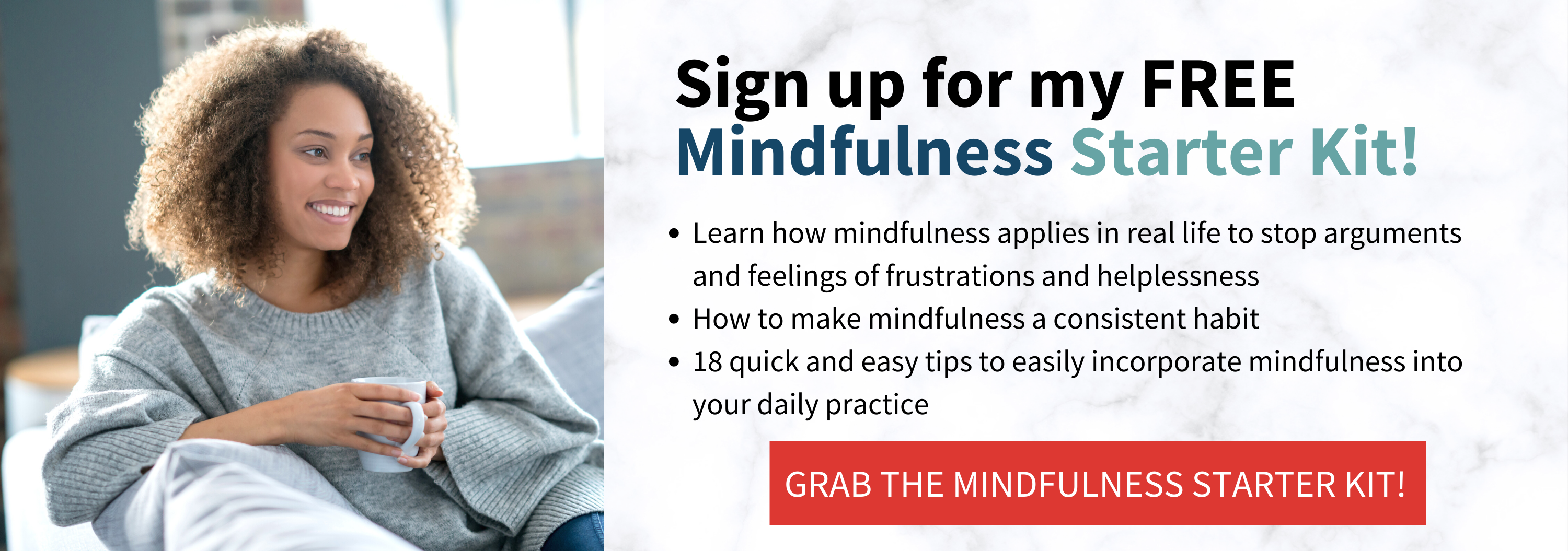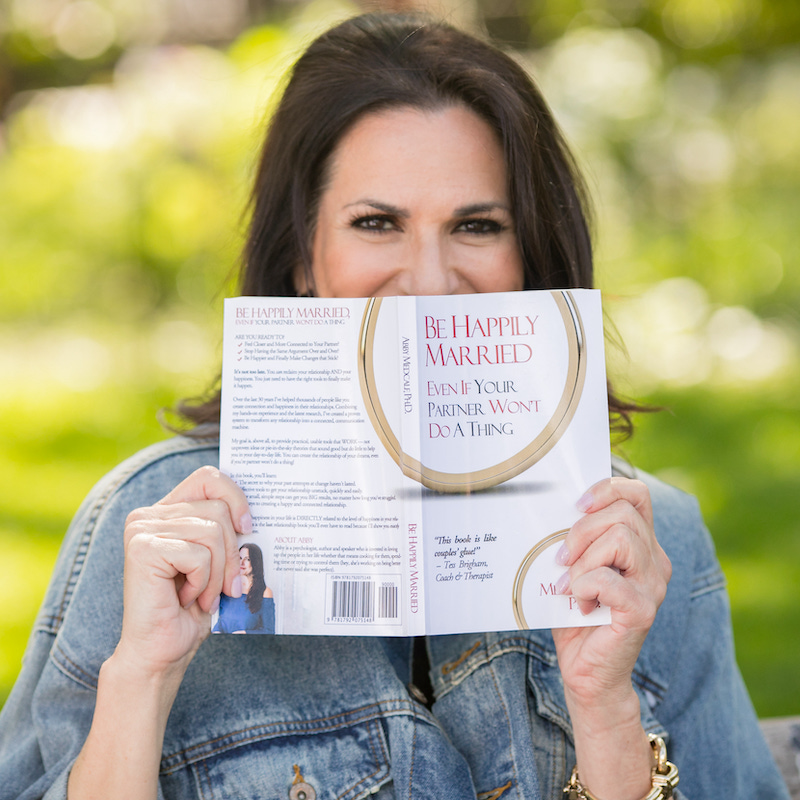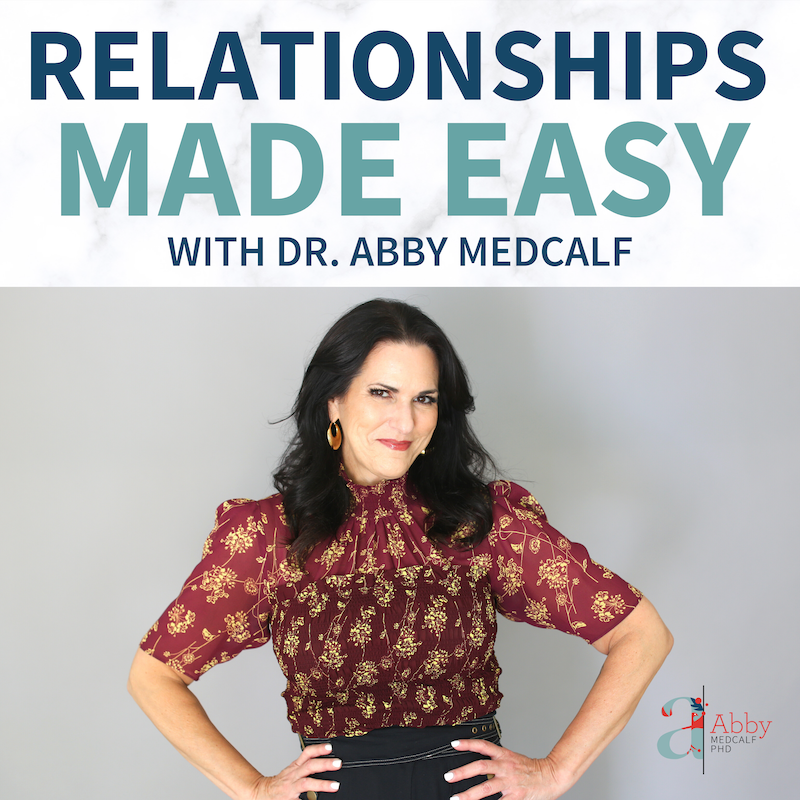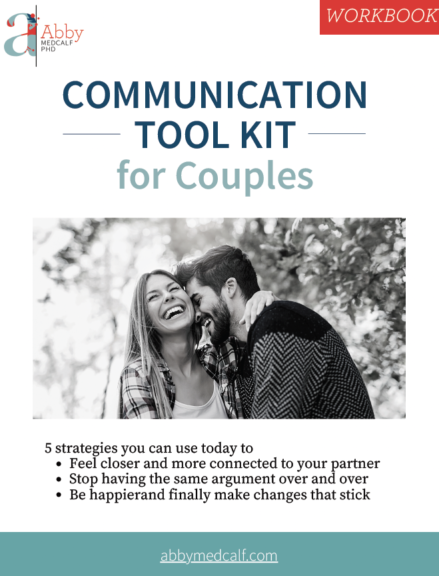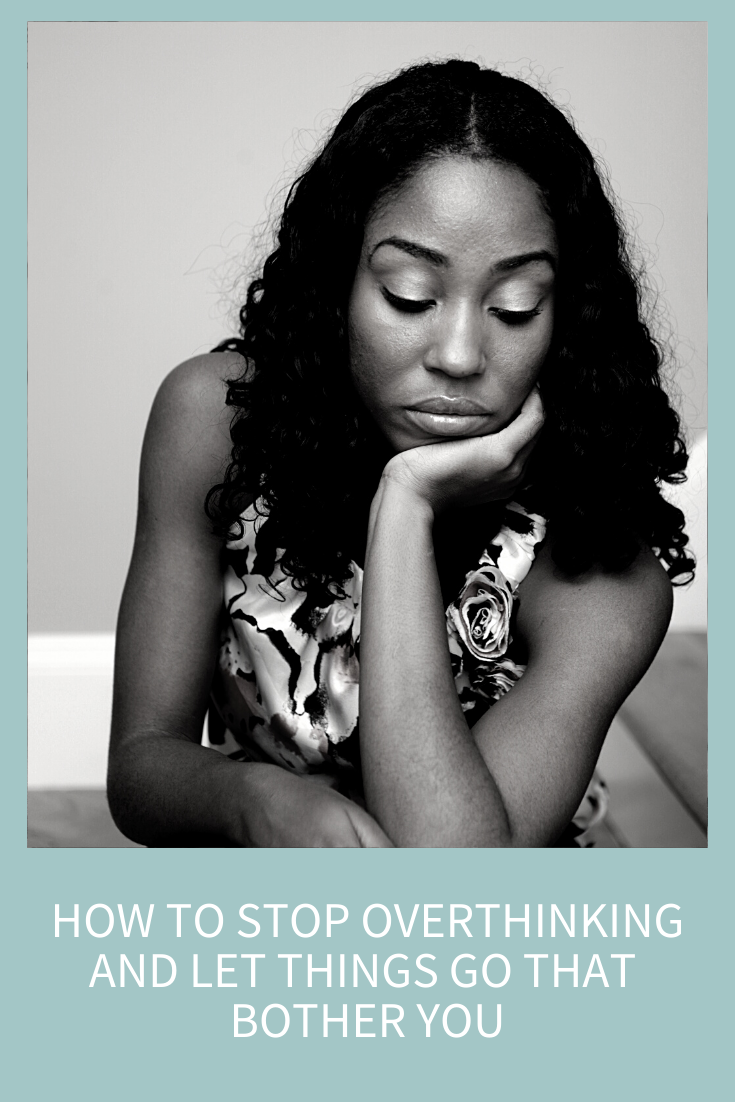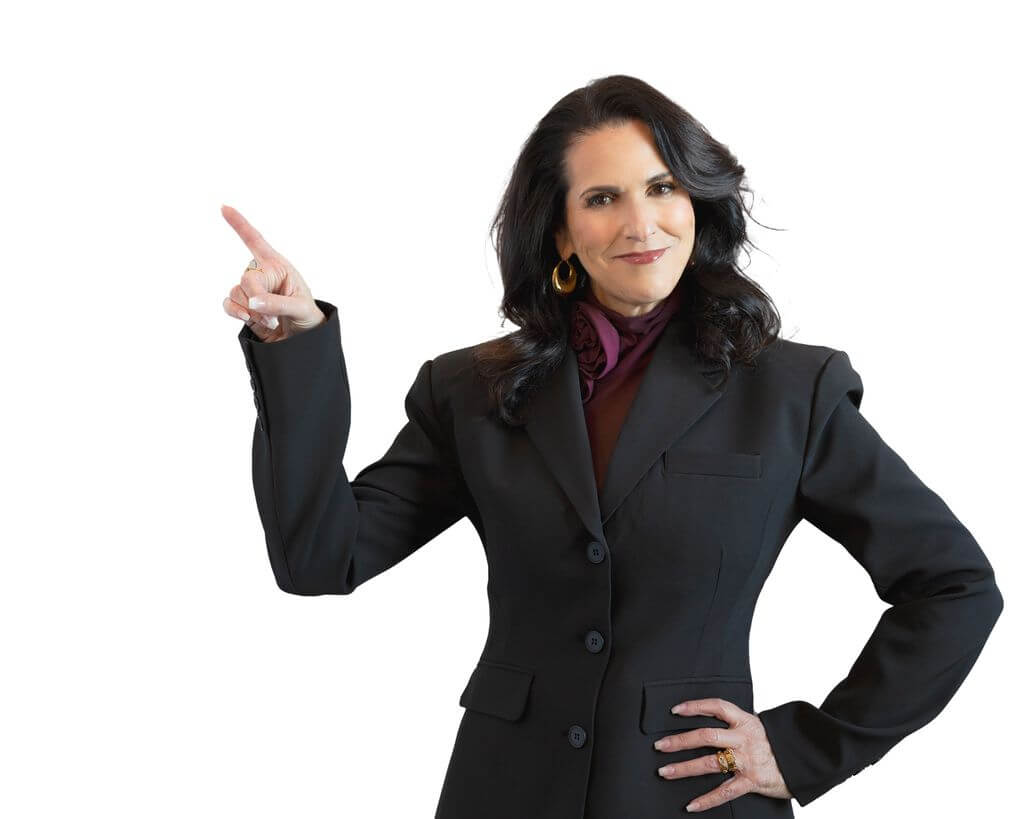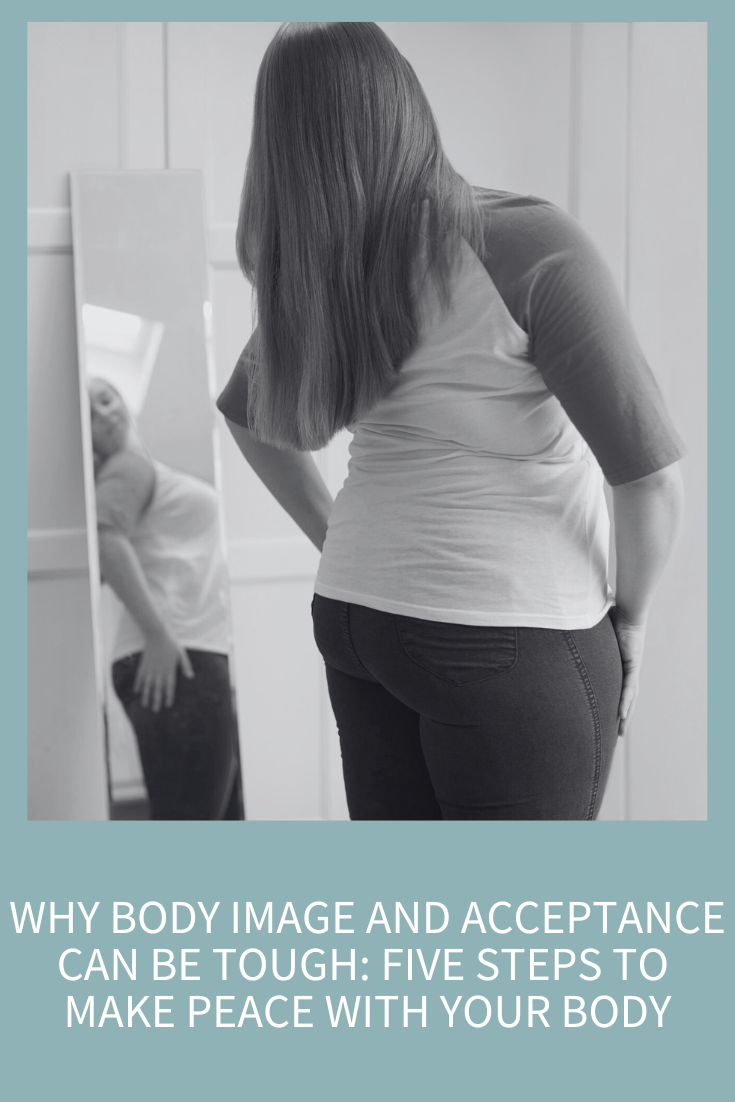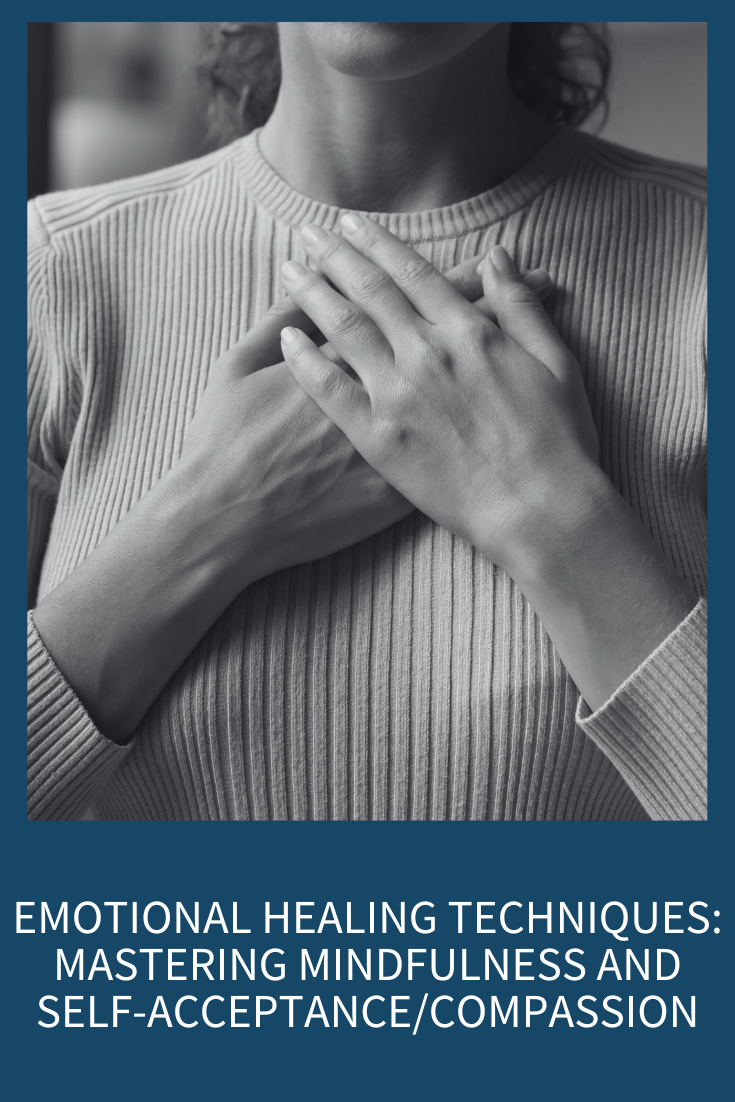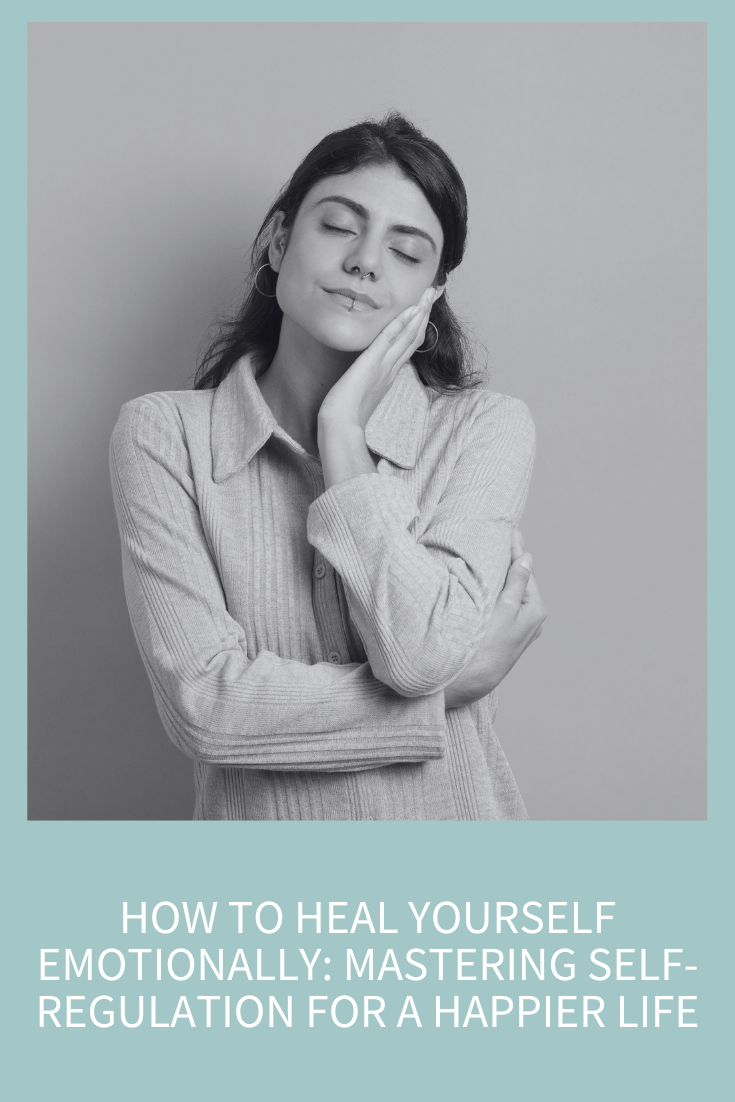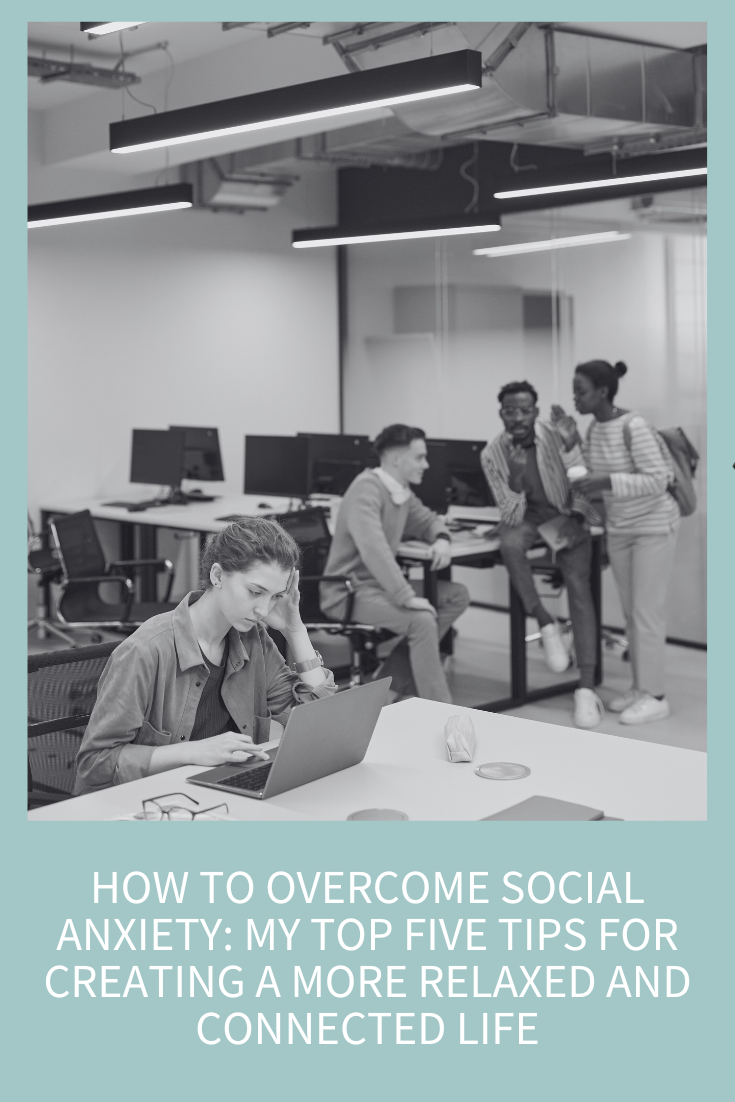
Do you feel self-conscious in social situations? Are you often afraid that others are judging you? Do everyday interactions cause you significant anxiety or embarrassment? And has this fear gotten in the way of living your life? If you have social anxiety, you might feel hopeless that things will ever change, but you’re wrong. Social anxiety is treatable and today you’ll learn my top five tips for creating a more relaxed and connected life.
14-minute read
Introduction
It’s normal to be a little apprehensive when starting a new job or school year. It’s also fine if you feel a little quiet at first in social situations. What’s not OK are persistent fears of being judged by others to the extent that it affects your work, school, day-to-day tasks, and relationships. If this is you, then you just might have social anxiety disorder.
I want to give a clear disclaimer that if you think you have social anxiety disorder, you should absolutely seek out a qualified mental health provider. There’s nothing that upsets me more than people watching a TikTok video, diagnosing themselves, and then deciding on their own treatment. It’s rare to do this with physical disorders but common with mental health issues.
For example, if you suspected you had cancer, you might look it up on the internet, but you’d absolutely be going to see a specialist to get a proper diagnosis and treatment. However, people diagnose and treat their own mental health issues all the time. I’ll be giving you clear information here directly from reputable sources but please see a qualified mental health provider, if at all possible.
What is Social Anxiety Disorder?
Social anxiety disorder (SAD), also known as social phobia, is a relatively common type of anxiety disorder. If you have social anxiety disorder, fear and anxiety have likely caused you to avoid many situations and people in your life, which leads to major disruptions in your relationships, work, school, and daily routines.
These feelings and fears can show up in large or small ways. You can have fear around:
- Meeting new people (so avoid leaving the house)
- Leaving a job you hate for fear of starting a new one and needing to interview and meet new people again
- Dating
- Starting a new class or going to a new school
- Raising your hand in class or being called on to answer a question in a work meeting
- Speaking to a cashier at a store
- Cancelling any kind of appointment
- Eating in front of others
- Using a public restroom
The big concern is somehow being judged, criticized, rejected or humiliated. so avoidance becomes the usual coping skill.
Introversion is not the same as social anxiety disorder
Let me also take a moment to point out that you might not have full-blown social anxiety disorder but you’re somewhere on the spectrum. No matter how severe your brand of social anxiety is, today’s tips will definitely help you.
The Signs/Symptoms of Social Anxiety Disorder
Social Anxiety Disorder (or Social Phobia) has clear diagnostic criteria in the Diagnostic and Statistical Manual of Mental Disorders (DSM-5-TR), which is the big book all of us health professionals use to diagnose someone.
You must have three or more symptoms, lasting six months or more, to be given an official diagnosis. It’s important to get an official diagnosis because there could be another mental health or physical condition responsible that mimics social anxiety disorder, and you want to rule out any other problem that might be getting in your way.
The criteria include:
- A persistent fear of social or performance situations where you’re exposed to unfamiliar people or to possible scrutiny by others. Ultimately, you fear that you’ll act in a way that will be embarrassing and humiliating.
- Exposure to these feared situations provokes anxiety, which may take the form of a panic attack.
- On some level, you recognize that this fear is unreasonable or excessive.
- The feared situations are either avoided completely, or you endure them with intense anxiety and distress.
- The avoidance, anxious anticipation, or distress in the feared social or performance situation interferes significantly with your normal routine, your job or academic functioning, or social activities or relationships.
- The fear, anxiety, or avoidance is persistent, typically lasting six or more months.
- The fear or avoidance isn’t due to direct physiological effects of a substance (e.g., drugs, medications) or a general medical condition not better accounted for by another mental disorder.
The symptoms I most typically see in my clients are:
- Avoidance and self-isolation
- Sweating, blushing, trembling, rapid heart rate, dizziness when thinking about or in social situations
- Thinking everyone talks and thinks about you and what you’re doing
- Avoiding eye contact
- Feeling your “mind going blank”
- Experiencing nausea/feeling sick to your stomach/butterflies thinking about or in certain social situations
- Looking far ahead to a future that will be terrible because of something you’re doing now
- Persistently feeling self-consciousness or fearing that people will judge you negatively
- Worrying about everyday activities like answering emails, making calls, meetings, or speaking to workers where you go to shop or get services
- Feeling under scrutiny or like others are watching and judging you
- Panic attacks
- Assuming you know exactly what others are thinking about you (which is, of course, always negative and critical)
- Intense worry for days, weeks, or even months before an upcoming social situation
- Drinking or using drugs before (and during) social situations specifically to ease these symptoms or because it’s the only way you feel comfortable or can go to sleep
- Catastrophizing or blowing things out of proportion (“If my boss sees that I’m nervous, she’ll fire me, and I’ll never work again!”)
Abby’s Top Five Tips for Overcoming Social Anxiety
Tip #1: Focus on Relaxing Your Nervous System
When you’re experiencing social anxiety, your brain literally gets hijacked. Your Limbic System gets overstimulated, and you end up in flight, flight or freeze mode. Then, when you try to use one of your tools, you literally can’t access that thinking part of your brain, so it seems like nothing works. Hours later, you facepalm and say, “Why didn’t I think of X?” or “What’s wrong with me?!”
Learn How Your Lizard Brain is Keeping You Stuck.
So, one of the best things you can do for social anxiety is to calm your nervous system as often as possible. This helps in two ways. First, it helps you not switch into that fear-based limbic system response to begin with, and second, if you do, you can come out of it much faster and easier.
There are many avenues to accomplish this goal, all well-cited as evidence-based approaches in the research:
I. First and foremost is regular exercise. There is literally nothing better you can be doing (including taking medication) than regularly raising your heart rate and getting in some physical exertion. If social anxiety is an issue for you, I would say to do this every single day, without exception. Think of it as you’d think of taking medication.
2. While meditating can be very tricky for those with social anxiety disorder, visualizations or progressive relaxation exercises such as body scans can work wonders.
Use this Good Morning Guided Meditation to Start Your Day with Ease and Connection
Stop Negative Thinking with this Guided Meditation
Get into a Peaceful State with this Golden Light Body Scan
3. Three tips to calm yourself in seconds: 3 Tips to Calm Yourself in Seconds
4. Stay away from or limit caffeine, alcohol, energy drinks and other drugs. At the very least, keep it limited to the mornings only. Nothing after 12:00pm. Also, remember that nicotine is a stimulant so quitting smoking/vaping of nicotine will also be extremely helpful.
5. Add more omega-3 fats to your diet. These types of fatty acids have been shown to support brain health and can improve your mood including your ability to handle anxiety. The best sources are fatty fish (salmon, herring, mackerel, anchovies, sardines), seaweed, flaxseed, and walnuts.
6. Get quality sleep. Being well-rested will absolutely help you keep your emotional regulation including keeping anxiety at bay.
7. Get yourself into a mindfulness practice!
Tip #2 Face it, Don’t Avoid It
Avoiding people and situations is the hallmark of people with social anxiety disorders. So one of the best things you can do to combat SAD is to face those things you fear instead of avoiding them. If you’re going to become more comfortable with certain people or situations, you’ll need to start practicing. As you already know, once you do the thing you almost always realize that you built it up too much in your head and that it was way easier or better than you anticipated.
Think of taking one small step at a time. One of my clients signed up for a class she needed to take while in session with me. We then assigned her a buddy for that first day of going in. She asked her sister to go into work late that day and drop her off at school. She didn’t raise her hand or do anything crazy once she was there. She just made sure she got there.
If going to parties or social gatherings is frightening, think of starting with something small or even something you host yourself. Or, go with a good friend and let the host know beforehand that you can only stay for an hour, but you still want to come to say hello. Don’t try to face your biggest or worst fear out of the gate. Build up.
Tip #3: Use the Anxiety Ladder
First, make a list of a particular situation you fear, then list what you fear about it. Maybe you’re afraid to get a new job or take a class that would advance your career.
So, your list about that situation might include:
- Making friends with new coworkers
- Asking a teacher a question
- Raising your hand in class or in a meeting
- Being asked to do a presentation or group project
- Being called on in class or a meeting to answer a question
- Sitting at lunch with no one to speak to
- Eating or drinking in front of others during break
Now you’re going to create steps for addressing these fears. You’re going to start very small at the bottom of the ladder and then ease yourself up the ladder to bigger things. There’s no race with this. You might repeat a rung of the ladder a few times before you feel ready to take that next step, but also make sure you’re not avoiding for too long.
Step 1: Make a point to say “good morning” or “hello” to one to three coworkers or classmates each day.
Step 2: Ask a low-hanging fruit question to a coworker or classmate.
Step 3: Ask a coworker or classmate where they live/what they did over the weekend/or another easy question.
Step 4: Sit near other students in class or take your break at work where others are congregating.
Step 5: Make small talk on one of these breaks. This could be about pets they might have (or you have), sports, some current event (not politics or religion – something light) or even the weather.
Step 6: Ask a classmate or coworker to get a coffee or even a drink after class/work.
Step 7: Ask to exchange numbers with a classmate or coworker.
Step 8: Send a text or start an exchange with a classmate or coworker.
Step 9: Go out for lunch/dinner/drinks with a group of classmates or coworkers.
Step 10: Share more personal information about yourself with a classmate or coworker.
Have you listened to The Secrets to Effectively Dealing with Stress and Anxiety Part One and Part two?
In this two-part episode, I explain the difference between stress and anxiety and my top tips for dealing with both. Listen now for actionable tips to help you reduce stress and anxiety and start living a more peaceful life.
Tip #4: Focus on Others, Not Yourself
When you’re in a social situation that makes you anxious or nervous, the negative, self-conscious thoughts start (“She’s judging me” or “He thinks I’m stupid”), and that leads to anxious, upset feelings. All these thoughts and feelings have you way too inwardly focused, and you can’t even listen at that point to what people are saying so, yes, you might say something you regret.
To fully concentrate on what others are saying is the goal. In other words, you want to switch from an internal focus to an external one. This means listening and connecting with what others are saying instead of focusing on what they’re thinking about you.
My favorite tool here is to ask questions about what they’re saying. If this is your goal, you’ll need to focus on what they’re saying and (hopefully) even get into the flow of the conversation. Stop listening to your negative thoughts and, instead, listen to what they’re saying.
Focus on being genuine and attentive to their thoughts instead of yours. If you’re having trouble, use a grounding technique to bring yourself to the present moment and then focus on what they’re saying.
Download my free list of Grounding Exercises.
Tip #5: Professional Help and Possibly Medication
As I stated earlier, if social anxiety is interrupting your life, I’d love for you to seek out a qualified mental health provider to help you. I know not everyone has access to such people which is why I’m listing this last but, as I stated earlier, if you had a physical illness that was affecting you daily, I know you’d find a way to seek out professional help.
Therapy is a wonderful tool to help with moving through these difficult situations and feelings. Sometimes, you’ll be referred to a psychiatrist for medications. I always stress that medication alone is generally not enough for successfully dealing with SAD. If you were diabetic, for example, simply taking insulin wouldn’t be enough. You’d need to change your diet and exercise while also working on keeping your stress level low for the medication to be effective.
Mental health disorders are the same in this way.
Different types of medication can be effective in treating SAD. The most common are:
- Antidepressants, such as selective serotonin reuptake inhibitors (SSRIs) and serotonin-norepinephrine reuptake inhibitors (SNRIs)
- Beta-blockers
- Anti-anxiety medications, such as benzodiazepines
SSRI’s and SNRI’s are commonly used to treat depression, but they also can help with social anxiety symptoms. Remember that most of these medications take several weeks to start working effectively, so this isn’t an overnight cure. You can also have varied side effects, so you need to work closely with a psychiatrist in the beginning. Once you’re stabilized, you can see your prescribing doctor two to four times a year, or as needed.
The most common SSRI’s I see used are Lexapro (Escitalopram), Paxil (paroxetine) and Zoloft (sertraline). The most common SNRI’s I see used are Effexor (venlafaxine) and Cymbalta (duloxetine).
Beta-blockers, which are more commonly used for people with heart conditions, are sometimes prescribed for social anxiety because they can help control some of the physical symptoms of social anxiety, such as increased heart rate/blood pressure, shaking or sweating. Beta-blockers are commonly the medication of choice for the “performance anxiety” type of social anxiety disorder. The Beta-blockers I see most commonly prescribed for SAD are propranolol and atenolol. Using Beta-blockers to help with anxiety is considered an “off-label” use of these medications but very effective nonetheless.
Benzodiazepines, such as Xanax (alprazolam), Ativan (lorazepam), clonazepam (Rivotril) and Valium (diazepam) are anti-anxiety sedative medications. These work immediately to reduce anxious feelings and are generally used for people with panic attacks.
However, many people build a tolerance to these meds, so you need more and more to work and they are definitely addictive when used regularly. In addition, you cannot stop using them “cold turkey” after regular use because you could have a seizure. So, you need to be under the direct care of a psychiatrist and you need to be completely honest with them about any side effects and how you’re feeling. In addition, you cannot use alcohol or other drugs when using these meds.
Whether it’s therapy or medication, you need to remember that both take some time to work. You also might need to try multiple medications and/or dosages until you find the right fit for you. It’s important to be patient in this process and to keep making incremental changes as you move forward.
Resources for How to Overcome Social Anxiety
Why Your Lizard Brain is Keeping You Stuck and Specific Tools to Start Connecting
Progressive Relaxation Body Scan with Dr. Abby Medcalf
Good Morning Guided Meditation with Dr. Abby Medcalf
Guided Visualization to Stop Negative Thinking
3 Tips to Calm Yourself in Seconds
How Changing Your Breathing and Posture Can Change Your Life
The Secrets to Effectively Dealing with Stress and Anxiety Part One
The Secrets to Effectively Dealing with Stress and Anxiety Part Two
Support in US: https://www.nami.org/support-education/nami-helpline
Find support groups in US (including Puerto Rico), Canada, Australia and South Africa (also virtual support here): https://adaa.org/supportgroups
Support in UK: https://www.anxietyuk.org.uk
Support in Canada: https://www.anxietycanada.com/get-help
Support in Australia: https://www.sane.org/get-support
Research for How to Overcome Social Anxiety
Diagnostic and Statistical Manual of Mental Disorders, Text Revision Dsm-5-tr
Herring, M. P., & Lindheimer, J. B. (2013). The Effects of Exercise Training on Anxiety. American Journal of Lifestyle Medicine. https://doi.org/10.1177/1559827613508542
Cougle, J. R., Wilver, N. L., Day, T. N., Summers, B. J., Okey, S. A., & Carlton, C. N. (2020). Interpretation Bias Modification Versus Progressive Muscle Relaxation for Social Anxiety Disorder: A Web-Based Controlled Trial. Behavior Therapy, 51(1), 99-112. https://doi.org/10.1016/j.beth.2019.05.009
Lee, M. A., Cameron, O. G., & Greden, J. F. (1985). Anxiety and caffeine consumption in people with anxiety disorders. Psychiatry Research, 15(3), 211-217. https://doi.org/10.1016/0165-1781(85)90078-2
Choosing Healthy Fats, Healthguide.org
Horenstein, A., Morrison, A. S., Goldin, P., ten Brink, M., Gross, J. J., & Heimberg, R. G. (2019). Sleep quality and treatment of social anxiety disorder. Anxiety, Stress, & Coping, 32(4), 387–398. https://doi.org/10.1080/10615806.2019.1617854
Social Anxiety Disorder: More Than Just Shyness, National Institute of Mental Health
Norton, A. R., Abbott, M. J., Norberg, M. M., & Hunt, C. (2015). A Systematic Review of Mindfulness and Acceptance-Based Treatments for Social Anxiety Disorder. Journal of Clinical Psychology, 71(4), 283-301. https://doi.org/10.1002/jclp.22144

